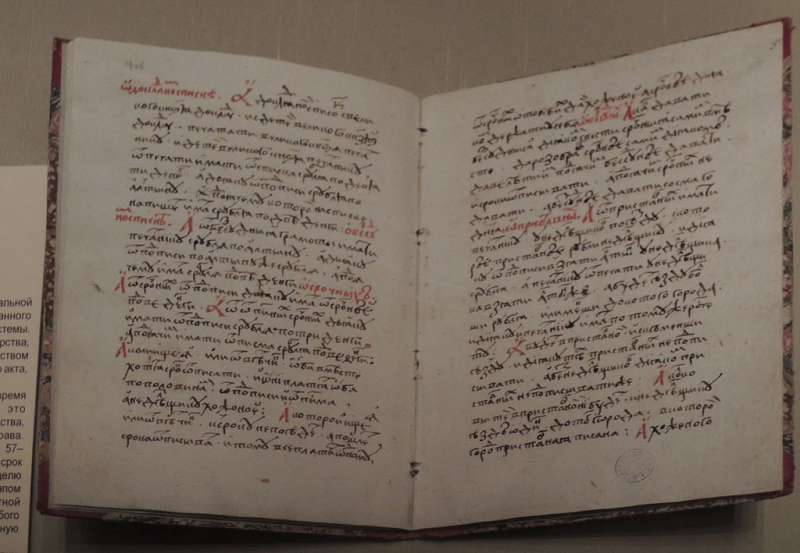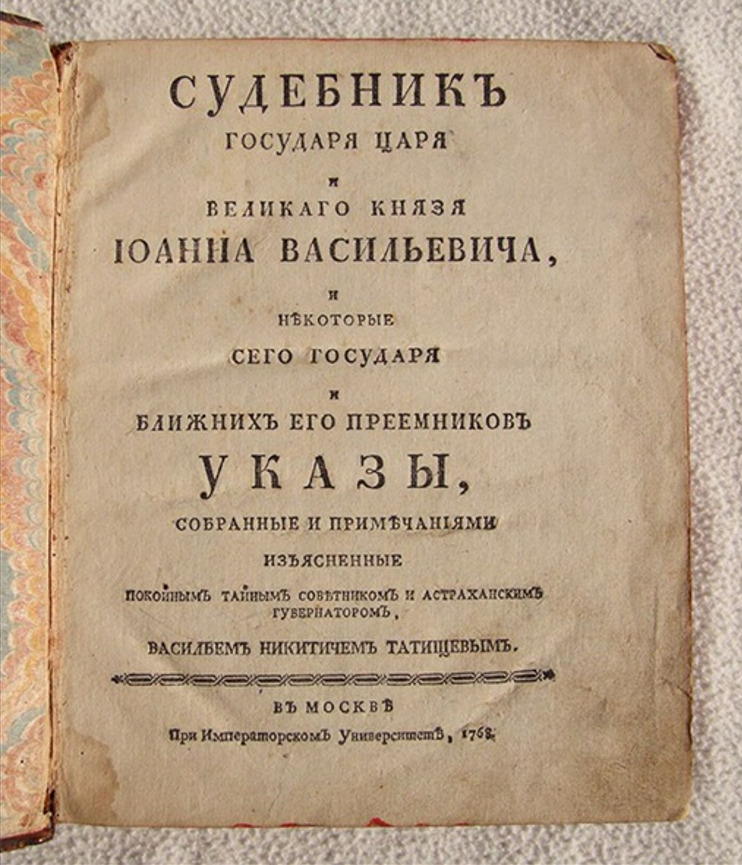Ivan the Great issued a set of regulations known as the Sudebnik
Ivan III issued a set of regulations in 1497 known as the Sudebnik. It was the first set of legislation to be put into effect in unified Russia. It was crucial in the consolidation of the Russian state, the development of Russian Law as a whole, and the abolition of feudal fragmentation.
Old Russian Law, comprising Russkaya Pravda, the Legal Code of Pskov, royal decrees, and common law, whose rules had been updated in light of social and economic changes, served as its foundation. In essence, Sudebnik was a set of legal processes. It created a uniform framework for the state's judicial branches, outlined their authority and responsibilities, and set legal costs. The list of behaviors that are punishable under criminal justice norms was increased by Sudebnik (e.g., sedition, sacrilege, slander).
It also revitalized the idea of several types of crime. The investigative aspect of legal processes was established by Sudebnik. It offered several forms of punishment, including the death sentence and flagellation, among others.
Sudebnik added restrictions to the law of estate, lengthened the statute of limitations for lawsuits involving princely lands, and instituted flagellation for those who violated the property lines of princely, boyar, and monastic lands; violations of peasant land lines resulted in a fine. These changes were made in an effort to protect feudal land ownership. In addition, Sudebnik created a charge for peasants seeking to leave their feudal lord and a universal day (November 26) for peasants seeking to change masters.












